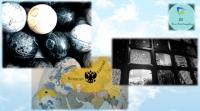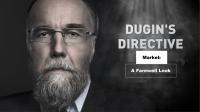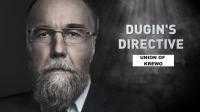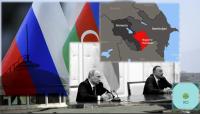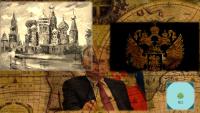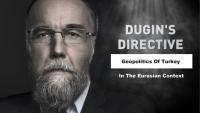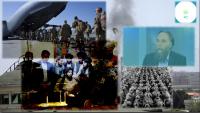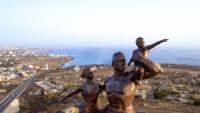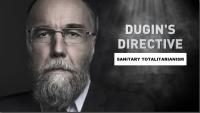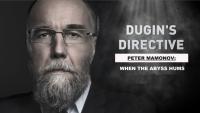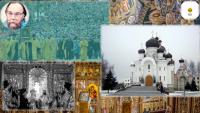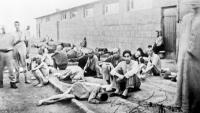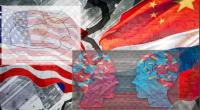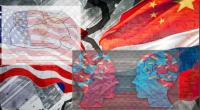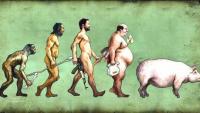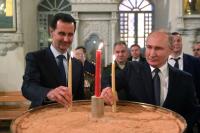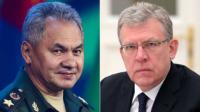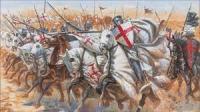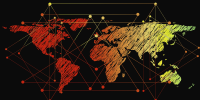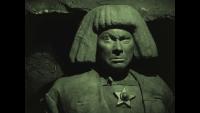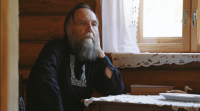The Fall Of Jerusalem
On August 10, 70 AD, a very important event took place for two world religions – Christianity and Judaism. On this day Roman legions of the emperor Titus broke into Jerusalem, which was defended by the Jews-Zealots who had raised against the Roman power. The Romans subjected the inhabitants to indescribable brutality repression, killing hundreds of thousands of people. They burned the city itself to the ground, and they destroyed the Second Temple, built by Zerubbabel after the return of the Jews from the Babylonian captivity, to the ground. The fall of the city was preceded by a terrible famine, which also claimed hundreds of thousands of lives and was accompanied by monstrous events, including cannibalism, which is colorfully described by the Jewish historian Josephus.



